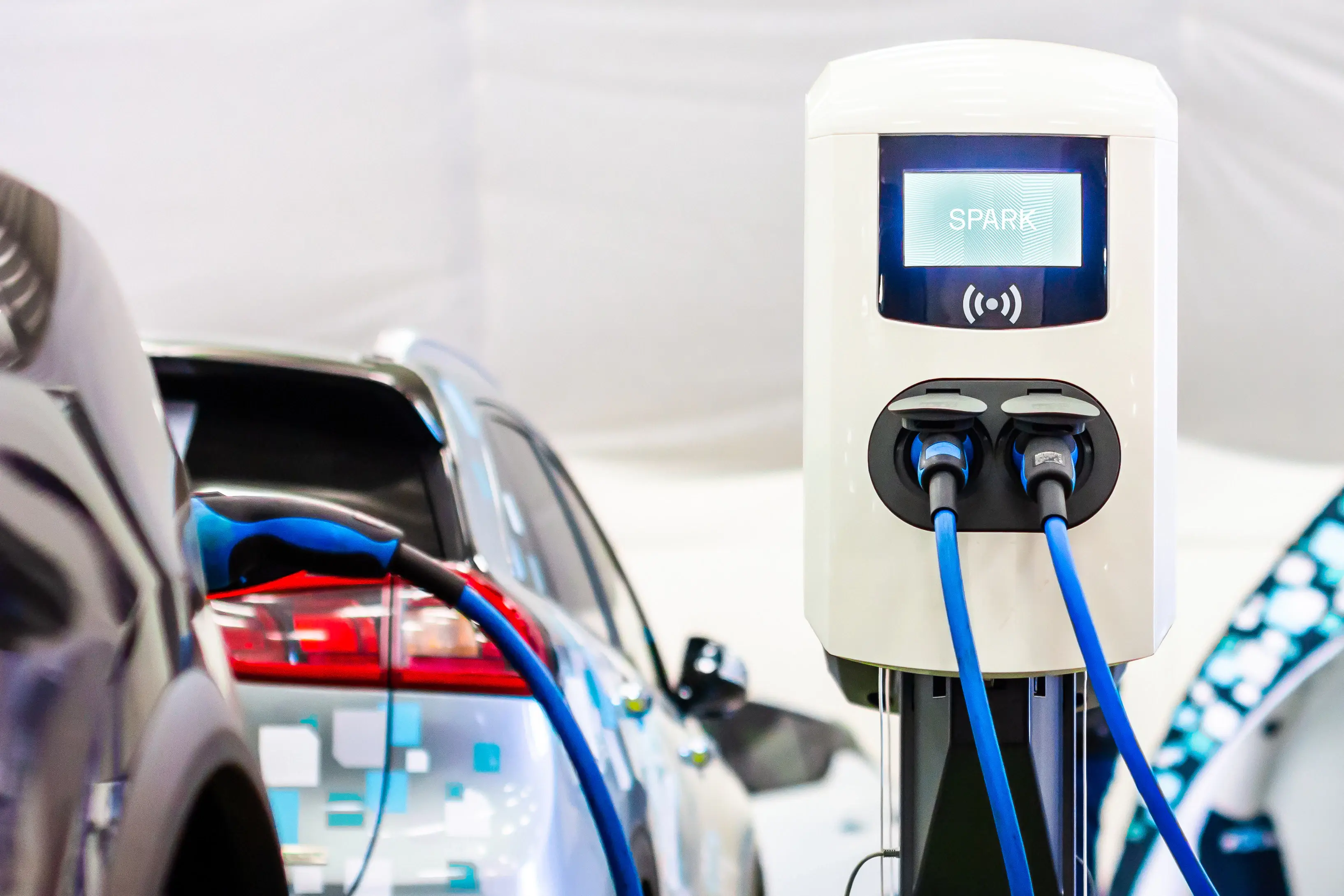Volue EV Empowerment
Unlock the full potential of your EV fleet and charging solutions by enabling them to participate in the transition to a more sustainable, more innovative energy system. With our service, you can utilise the growing demand for flexible grid solutions while contributing to a cleaner, more sustainable future.

Discover the power of unlocking APIs that deliver unmatched value to your customers. Say goodbye to the limitations of mere one-day energy predictions – our cutting-edge energy price forecast empowers your customers to plan ahead confidently, eliminating the need for constant checking and uncertainty about tomorrow. And here's the best part: they are no longer tied down by traditional power suppliers and won't have the hassle of downloading yet another app.
Open new revenue streams
Earn additional revenue by participating in the growing demand for flexible grid solutions.
Add value to your existing solutions
Improve your smart charging solutions by enabling customers to manage expenses with weekly energy forecasts.
Increase competitiveness
Stay ahead of the competition by being an early adopter of flexible grid solutions.
Grid-aware charging


Trade your flexibility
"The value of flexibility has shot up, and what we are seeing is that balancing services are provided by new players using new technologies. Every single EV has a battery. If you can aggregate 10,000 cars, you are looking at a huge flexibility storage."
Per Almbladh
Head of Product Strategy, Volue Energy Market Services

The vision
Imagine a future where clean and sustainable energy powers our transportation system, where EVs are the norm, and the power grid is healthy, flexible, and optimised for renewable energy. As an EV partner, you play a crucial role in shaping this future, and we want to work with you to make it a reality.
By promoting the adoption of EVs and encouraging customers to use energy more efficiently, we can reduce strain on the grid and help to maintain system stability. This leads to lower consumer power bills and new market opportunities for EV partners, automakers, and charging operators.
Do you want to know more about our solutions for EV partners?

Sigrid Lønn, Manager Partners & Alliances